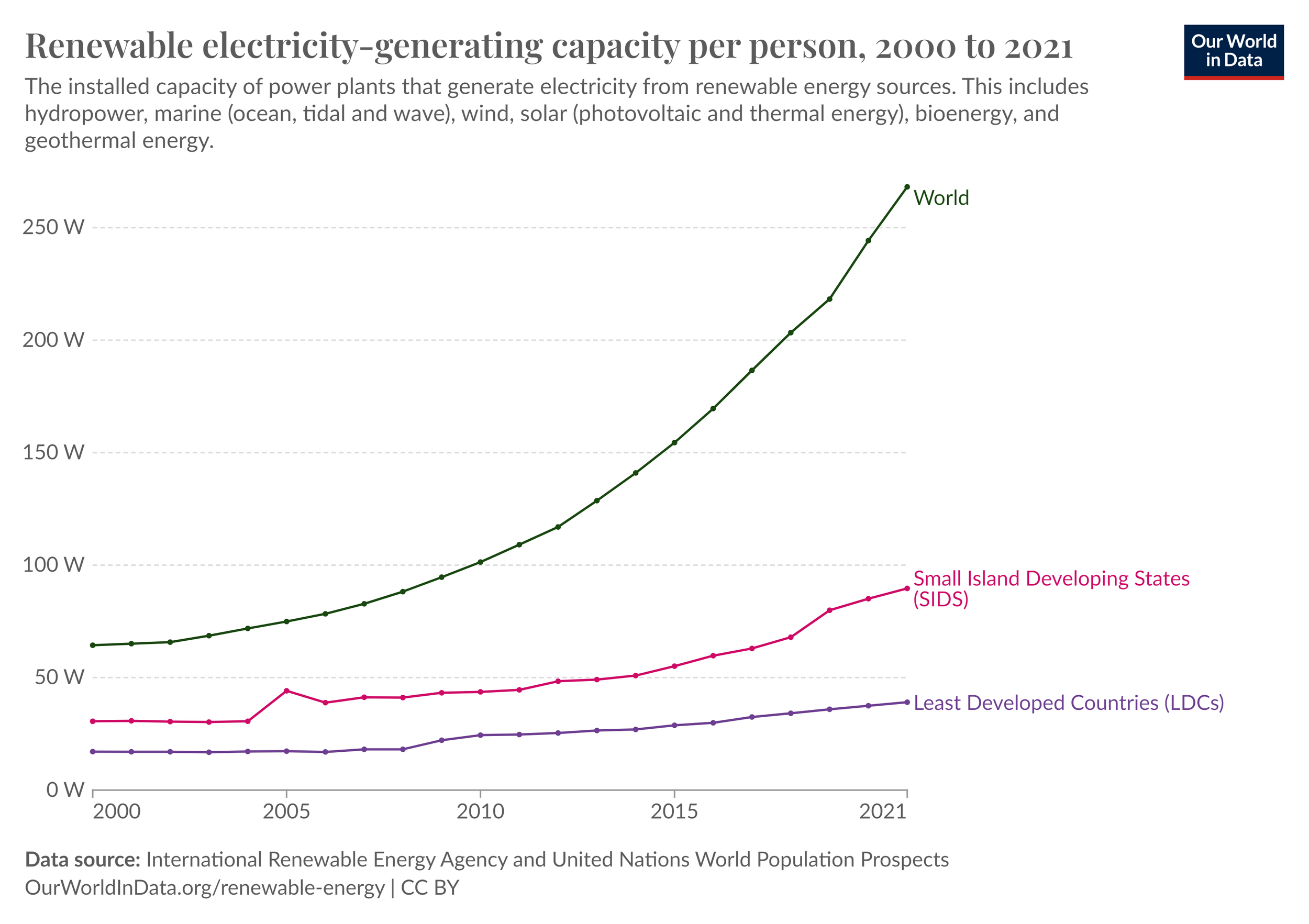SDG #17 is to “Strengthen the means of implementation and revitalize the Global Partnership for Sustainable Development”
Within SDG #17 are 19 targets, of which we here focus on Target 17.19:
By 2030, build on existing initiatives to develop measurements of progress on sustainable development that complement gross domestic product, and support statistical capacity-building in developing countries
Target 17.19 has two indicators:
Indicator 17.19.1: Dollar value of all resources made available to strengthen statistical capacity in developing countries
Indicator 17.19.2: Proportion of countries that (a) have conducted at least one population and housing census in the last 10 years; and (b) have achieved 100 per cent birth registration and 80 per cent death registration
This target highlights the work of PARIS21. This organisation works to help developing countries increase their statistical capacity.
The developing countries which had the most dollars available for statistical capacity were in Africa. Vietnam, Serbia, and Nepal also each spent over $10 million to this end in 2020. Global spending on increasing statistical capacity in 2020 was $541 million.
As of 2017, only a dozen countries hadn’t completed a census in the past decade. The country with the smallest proportion of registered births was in the Horn of Africa. In Ethiopia and Somalia, the rate was less than 6%. The global rate of birth registrations was 72% of births as of 2018. Several African countries and Afghanistan registered deaths at a rate lower than 10%.









































